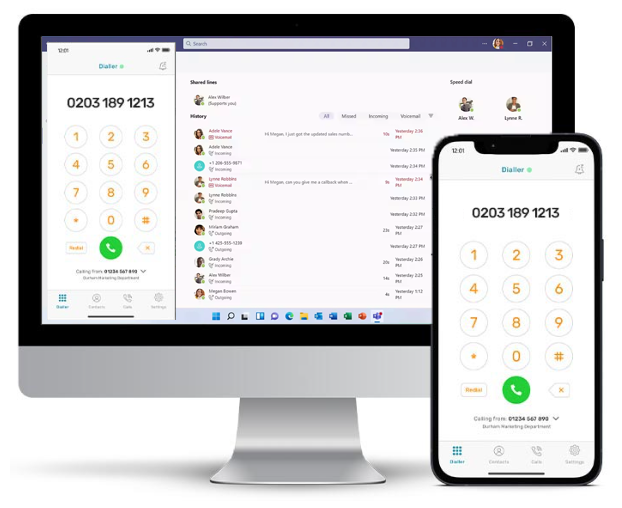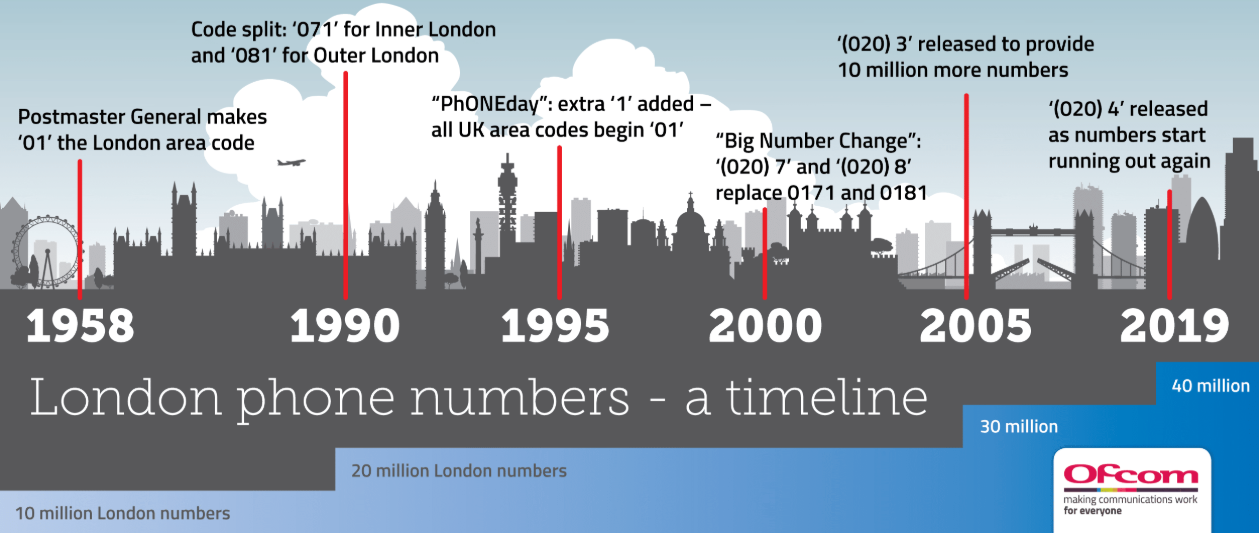
A telephone number is more than just a number. There are many reasons why you need a particular number.
Local Country Presence
On a national level, you may need a specific country code with 'in country' PSTN service which looks and behaves like a local telephone call within that nation. This could be for many reasons:
- To show your clients you have a trustworthy local presence.
- To conform to regulations
- To ensure that your outbound calls don't look suspicious
- To ensure that your outbound calls are not likely to be blocked or marked as spam.
We work with a variety of reputable global carriers to ensure your calls have a fixed ingress and egress point (or Point Of Presence / POP) in local territories most important to your organisation.
Our partners ensure and provide guidence that not only do your calls confirm to local regulations, but have the best possible chance of being treated as genuine, trustworthy telephone calls.
Regional Presence
Within each territory, area codes can make a big difference as to how your outbound calls are treated by the local networks and their customers and it can make a great deal of difference as to the perception of your organisation.
For example, a less-recognised, or out-of-region area code may simply be ignored or filtered out by clients who have experience with less trust worthy numbers.
We will always ensure you retain or obtain the area codes best suited to your organisation, it's perception and it's location.
Toll Free, Low-Call and Freephone
In some cases you may wish to guarantee the price of calls to your organisation by way of ensuring a fixed fee to the caller, a free call or even a more premium cost to the call. We can ensure you get the best non-geographic number that you need.

Non Geographic Telephone Numbers
Non Geographic telephone numbers bring a number of advantages to the modern business large or small. These are telephone numbers which are not related to a specific national geographic location, but relate to a designated expected cost to the caller. The most common types are Freephone, Local Rate, National Rate and Premium Rate. These types of numbers often sit 'in the cloud' and are frequently managed via a web login.
At it's most basic form, these types of numbers simply redirect the caller to an alternative telephone number which usually is a 'standard number' such as a mobile or geographic number (such as 020 for London, UK). Many levels of features can be added ontop of this basic re-routing functionality including greeting messages, menu options, call recording and analytics.
For numbers which are free or low cost to the caller, the receiver of the call generally has to subsidise the cost of each call by paying a monthly charge to the service provider.
Sometimes the charges are determined by the second, by the minute and may be with or without an initial connection charge.
Freephone Numbers
Freephone numbers often start with 800 and the caller can trust that in most cases the call will be free. The cost to the owner of the number can vary based on how memorable the number is, where it's located and the terminating number. These are the cheapest for the caller and most expensive to the receiver of the call.
Local Rate Numbers
Local rate numbers are designated in the UK to begin with 03 and the caller generally pays a low cost for each call, similar to what they would expect on a landline calling a local number. The receiver of the call is usually still charged for each call, but the cost is much lower than a freephone number. There is generally a cap to the cost of the call, but this varies from region to region.
National Rate Numbers
National rate numbers are a generally a higher cost to the caller than 'local' but much cheaper than premium and can often be cost-neutral to the receiver or even generate revenue.
Premium Rate Numbers
These numbers usually begin with 9 or 900 and the caller can pay a great deal for each moment of the call. There is usually an agreed 'profit share' between the service provider and the receiver of the call. These types of numbers can be a good way to charge for a service without having to make a one-to-one transaction manually with the caller.
Spam Filtering, STIR/SHAKEN and Fraud
There are a number of competing ideas and technologies which are still specific to individual nations which are all fighting an arms race against new and old telephone traffic technologies and how those technologies are used to make calls.
The majority of developed countries now have their own guidence, rules and ideas about what is an isn't an unwanted call on their telephone network and will scrutinise a wide list of data points to establish how your calls are treated.
Caller ID
Caller ID has been widely available across many developed PSTN networks for decades and often is the first thing a network or callee will see when they make decisions how to treat a ringing call.
Nations will not only require their PSTN networks and Carriers to scrutinise the caller ID and determine how trustworthy it is, they may also use international call naming services to filter the calls through white and blacklists, along with other methods to determine how legitimate the call is saying it is.
Sometimes these methods are publicised, sometimes it's an open secret and sometimes you need informed knowledge as to how to get the best success rate.
In some nations, simply all international traffic is marked as potential spam and in situations like this all you can do it know what is and isn't likely to happen.
STIR/SHAKEN
In the United States, a technology often summarised as STIR/SHAKEN uses various additional pieces of information embedded in your call data to establish how genuine it is and how trustworthy it hopes to be treated. This is somewhat of a black art, but we know the best ways to conform.
Local Point Of Presence
If you can establish a local point of presence where your calls start and end at the closest possible point to your clients, you're already circumnavigating some of the gatekeepers to a region, and we will often know a way to make this happen.



















